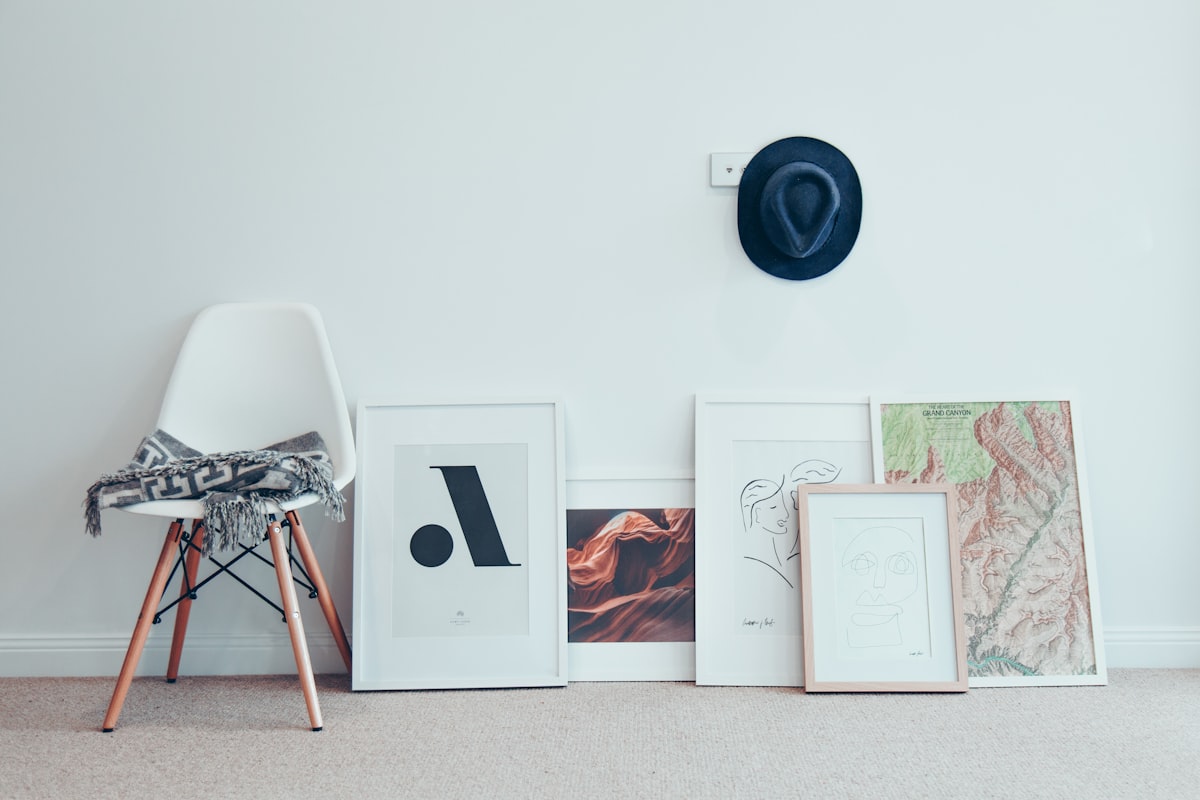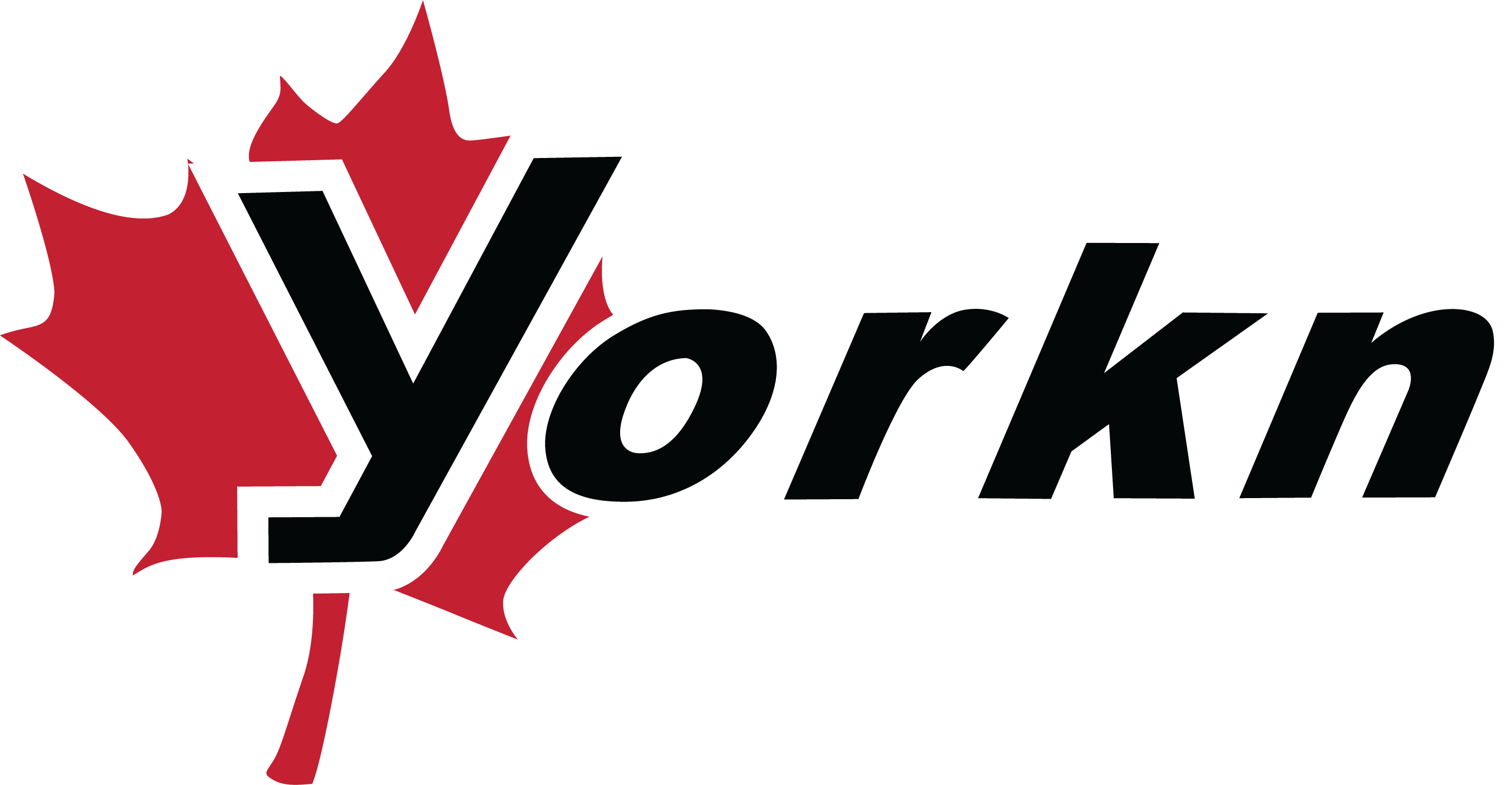How are promotional products printed?
Your artwork is uploaded to a computer and then printed onto your promotional products using a laser or inkjet printer. This printing method works well for multi-coloured designs. Debossing and embossing use a metal stamp to create a raised or recessed logo design on the product of your choice.

Your artwork is uploaded to a computer and then printed onto your promotional products using a laser or inkjet printer. This printing method works well for multi-coloured designs. Debossing and embossing use a metal stamp to create a raised or recessed logo design on the product of your choice. Screen printing, also known as silkscreening, is a printing technique that uses a porous screen onto which a stencil is transferred to block the ink.
The stencil creates blocked and open areas in the screen through which the ink can flow onto the substrate. Almost any single colour image, logo or design can be transferred to a screen. Screen printing is printed with Pantone spot colours (pre-mixed inks). Full colour digital printing is used when a logo contains many colours and colour gradients.
No screens are used in this process and the entire surface can usually be printed. Digital printing is also known as CMYK printing, full colour printing, colour burst and 4-colour printing. Because no screens are used, there is less set-up required and it is therefore well suited for small order quantities. This type of promotional printing is ideal if you are only ordering a small quantity.
Full colour sublimation printing seems like a complicated process, but it's not. A full colour image is printed on a 'transfer paper', then placed on a white fabric and passed through a series of print rollers and high heat. This bonds the image directly to the fibres of the fabric. Anything made of polyester or coated with polyester resin can be printed with the sublimation process.
Full colour sublimation opens up even more possibilities as it allows clothing, bags and displays to be fully custom cut and sewn. Printed promotional items make great giveaways and are a great way to kick off new marketing campaigns, events and company anniversaries. With these items you can create a consistent look and brand for any business. Customers gain a strong impression of your brand with customised promotional gifts at large trade shows and conferences.
As you can see from the definition above, the term promotional item is very broad and there are many different materials and printing methods used. When searching for a promotional products company to work with, you will hear many different terms referring to the type of process used to put your logo or message on the product. Here are some of the most popular print and application options. Nothing is worse than a battery that is almost at 0%.
That's why everyone loves powerbanks, especially when they get them for free at trade shows. People use these portable chargers for an average of 12 months. Nearly 100 er people are willing to take a diversion for a promotional product. Wilfried Philipp, a toolmaker from Germany, developed a more modern version of the pad printer in the mid-1960s, and a version of this printer is still used today to make baseballs, cables, coloured contact lenses and, of course, promotional products.
Now that you have decided on the right printing process for your promotional item, you can sit back and wait for your items to arrive perfectly printed. Watch the video below to see how the pad printing process for promotional products works from start to finish. Promotional items are customised items that businesses, non-profit organisations, bands, sports teams, real estate agents and other organisations use for promotional purposes. For this reason, USB drives and chargers remain some of the most popular promotional items today.
The credit for the video goes to Sollyd (opens in a new window), a Chinese chemical company that produces chemicals, silicone and ink needed for the production of promotional products with personalised logos. Promotional items help raise awareness for businesses, bands, non-profit organisations, events, schools and more. Sandblasting is another method of personalising promotional products for which there is more than one name. Just below this paragraph you will find a video that shows you how the full colour promotional items are made.
If you would like to see how a promotional item is made with dye sublimation, you can watch the video below this paragraph. As a promotional products expert, she has uncovered the world's first custom tote bag, interviewed the inventor of the rock band ACDC's logo and written a piece for the Advertising Specialty Institute, a leader in the promotional products industry. Embroidered promotional products offer a classic, homemade look and are also great for creating a strong contrast between your personal logo design and the rest of the fabric it is applied to. With vinyl, the designs are cut from vinyl material and then transferred to the promotional item using a heat press.
